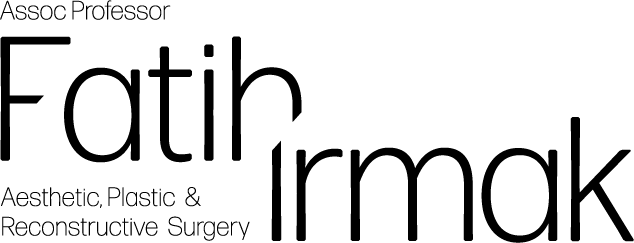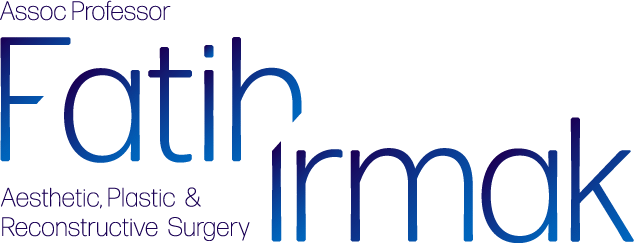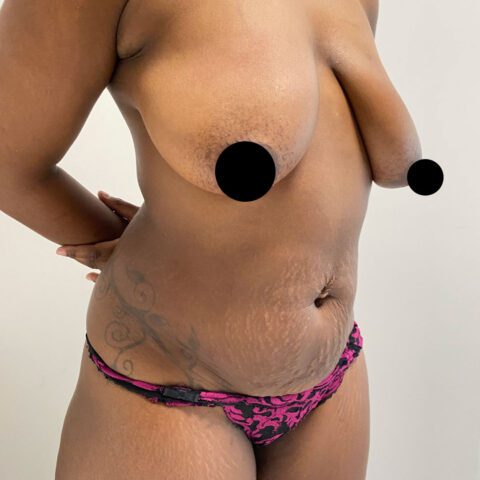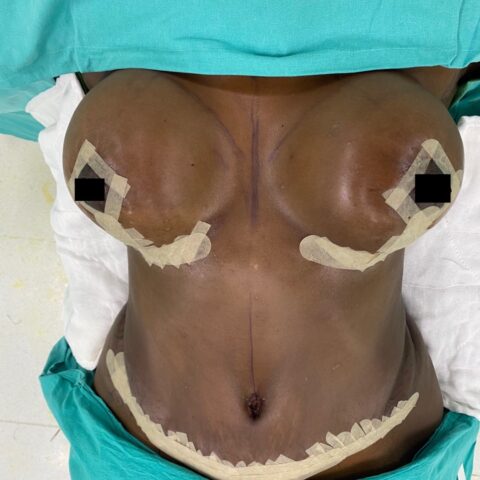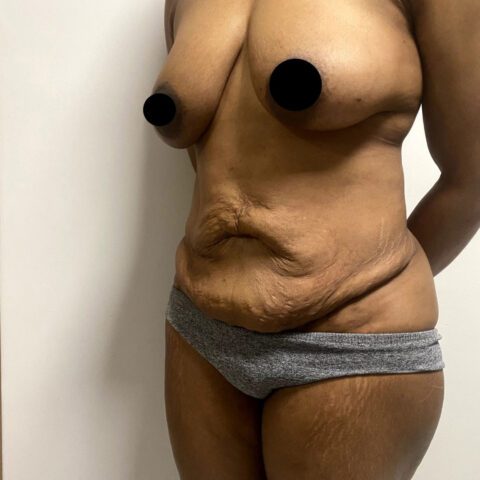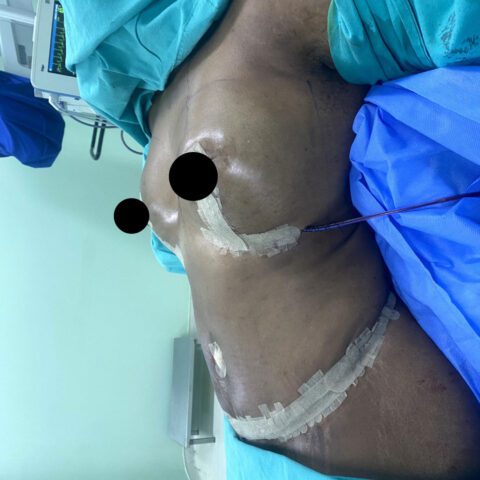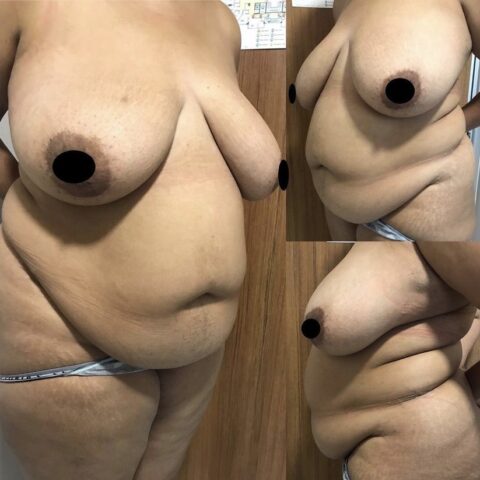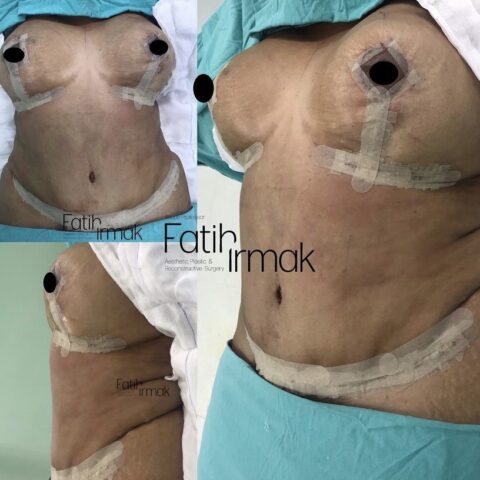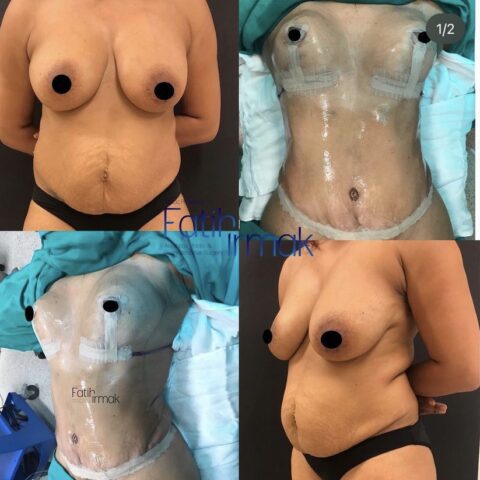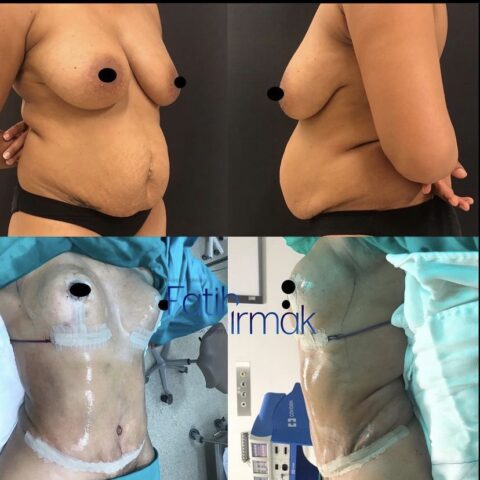
Mommy Makeover
Pregnancy, childbirth, and raising your children can dramatically change your body. Many women place their family above looking good and, over time, become dissatisfied with their appearance. If you’ve struggled in attempt to regain your pre-baby body, you aren’t alone. Assoc. Dr. Fatih Irmak understands the cosmetic needs of new and experienced mothers.
“Mommy Makeover” is common term for a combination of procedures. Most Mommy Makeovers involve a tummy tuck, liposuction and breast enlargement, some patients may wish to improve other areas of their bodies. For women wishing more attractive bottom to fill out shorts or swimsuits, a buttock lift can firm and lift the bottom. In addition, vaginal rejuvenation is also a common request.
There are 3 areas that are typically affected by pregnancy and childbirth: breasts, belly, and vagina. Post-pregnancy body contouring addresses these areas in whichever combination is required for each individual patient.
- Breast
- Abdomen
- Vagina
Who can benefit?
Motherhood is perhaps an obvious prerequisite, but the procedure — combining cosmetic breast surgery with body contouring procedures — can benefit patients who haven’t been pregnant. This is because many of the same changes seen after having children, such as lost breast volume and sagging abdominal skin, can also occur as you age.
Who is a good candidate for Mummy Makeover?
A good candidate is in good overall health and is unsatisfied about the appearance of her body. Many of our patients say they want to feel comfortable wearing tight clothes or bikinis.
For many moms, a proper diet and exercise just won’t do the trick to get them back into their pre-pregnancy shape. If you feel less confident after having your baby or have had children years ago but want to set back the clock, a mommy makeover can help you look the way you want. Many mothers may be hesitant to undergo a mommy makeover, after all, most are almost always putting their family’s demands and needs above their own, but the procedure is completely safe.
But any candidate for a Mummy Makeover procedure should have:
- Good mental and physical health,
- No future childbearing. Having additional children after a mommy makeover is completely safe. However, it may negate the amazing results you’ve seen from your procedure.
- Stable weight to maintain results.
- Being a non-smoker or promise to quit smoking 2-4 weeks before and 2-4 weeks after surgeries, as smoking can complicate both the procedure and your recovery process.
- To have lasting results, you should not plan to have children after the procedure.
- It is best to wait until your weight is stable and you have had all your children and have a birth control plan.
Mummy Makeover Procedure
A mommy makeover is designed to enhance your confidence by sculpting and rejuvenating your body.
A mommy makeover may include:
- Liposuction
- Breast lift
- Breast Augmentation
- Tummy tuck
- C-Section scar improvement
- Labioplasty
Abdomen
Pregnancy obviously has a dramatic effect on your belly– maybe more than any other part of you! How much permanent change your body experiences is entirely dependent on your genetics and anatomy.
During pregnancy, your belly needs to expand to make room for your growing child. However, this process often leaves you with loose abdominal muscles and excess skin and fat. Too often, this flabby abdominal appearance is resistant to correction through diet and exercise. Many women struggle to accept the changes that occur in their abdomen, and clothing doesn’t fit as well as it once did. Restoring a firm and toned abdominal contour can help you look as good as, if not better than, you did before your pregnancy.
In the first year after pregnancy, I strongly recommend that moms focus on rebuilding the mind-body connection that can be disrupted with childbirth, and re-establishing core strength. There are several exercise and physical therapy programs designed specifically for the post-partum body. Many of them work well. You may consult to your private doctor or personel trainee.
Once a year has passed and you are at your goal weight with reasonable core strength, you can safely assess your belly. Many women will find that the combination of good nutrition, exercise, and core strengthening with a convenient exercise and diet programme, gets them to a place where they are satisfied. If you have done all of the above and still feel dissatisfied with the appearance of your belly, then it may be time to start thinking about abdominoplasty (tummy tuck) with rectus plication (muscle tightening) or liposuction surgery.
Abdominoplasty involves removal of extra skin and tightening of the core muscles that are pulled apart by pregnancy (rectus plication). Liposuction is used to address stubborn pockets of fat that don’t respond to exercise and weight loss. Neither operation is a substitute for weight loss!
Breasts
To prepare for your baby, the milk ducts fill with milk, increasing the size of your breasts. After nursing, when the milk ducts are empty, many women are left with breasts that have lost volume and appear deflated. Since the breasts are often a symbol of femininity, losing your firm pre-pregnancy breasts can leave you feeling less than desirable. Shaping and adding volume to the breasts can help you reclaim the confidence and sensuality you may have lost following your pregnancy.
Your breasts are made up of a series of passageways called ducts and lobules that are designed to produce and store breastmilk. The system of ducts comes together at your nipple where the milk exits through tiny holes. During pregnancy, breast size increases in preparation for milk-making. The ducts and lobules swell, breast skin stretches, and the nipples grow. If you breastfeed, your breasts increase and decrease in size multiple times every day as they fill with milk and release the milk. Once you stop breastfeeding, your breast tissue slowly decreases in size as the ducts shrink (a process called involution).
Some women, especially those who started with smaller breasts, may notice little change between their pre- and post-pregnancy breasts. Medium and larger-breasted women will notice more permanent changes in the size and shape of breasts. These are a few of the ways breasts can change after pregnancy:
- Decreasing size: Involution of milk ducts can cause the overall size of breasts to decrease one or more cup sizes.
- Same Cup, but different shape: Many women have stretching of breast skin with pregnancy and nursing, resulting in breasts that are elongated in shape
- Loss of fullness in the upper part: Some women have deflation of the upper part of the breast that gives the breast a flat appearance
- Stretch marks: Caused by the rapid increase in size that comes with pregnancy
There are several ways to surgically address breast changes, and the appropriate operation is selected based on your individual anatomy.
Vagina Area
While the vaginal area is designed to retain its elasticity, childbirth and aging can slowly cause laxity. When this occurs, the vaginal area is stretched and can cause you to feel loose. Restoring the vaginal area to its pre-pregnancy condition can help you feel more comfortable in your body.
The effects of childbearing on your pelvis and vagina depend on a number of factors including type of delivery, size of babies, maternal age, genetics, and individual anatomy. A woman with a narrow pelvis and a 4.5 kg baby will have completely different long-term effects of her delivery compared to a woman with a wide pelvis and an average-sized baby.
Some of the long-term effects that women face are:
Vaginal laxity (looseness): more common after vaginal delivery
- Discomfort or pain with sexual intercourse
- Urinary leakage
- Pelvic heaviness
- Uterine prolapse
- Thick, itchy C-section scar
- Excess labia
Many of these effects can be treated with non-surgical therapy directed by your Ob/Gyn. The first step is a careful physical examination and documentation of symptoms with your Ob/Gyn. Occasionally, women need surgical intervention for these symptoms if conservative management fails.
Where does Doç. Dr. Fatih Irmak perform this procedure?
What type of anesthesia is used for the postpartum regeneration procedure?
Liposuction may take between one hour and several hours to complete. The length of your procedure will be influenced by the number of treatment areas and the amount of fat to be removed.
How long does mummy makeover procedure take?
What to expect after mummy makeover procedure?
Recovering From Mummy Makeover
One of the benefits of combining procedures in a Mommy Makeover is not having to make arrangements for multiple recoveries.
Depending on the procedures you’ve chosen for your mommy makeover, you may take at least 7-15 days off from work to recover. During this time, you won’t be able to do any heavy lifting, including lifting or carrying your small children. If you do have little ones at home, it’s best to enlist friends and family to assist with childcare as you’re recovering.
Following surgery, patients should wear compression garments to prevent swelling and speed healing.
For most patients, the abdomen requires the most time to heal. It’s important that you follow your surgeon’s instructions to avoid lifting anything heavy, including small children, during your recovery.
Depending on the extent of the surgery, recovery typically takes 4 to 7 weeks.
